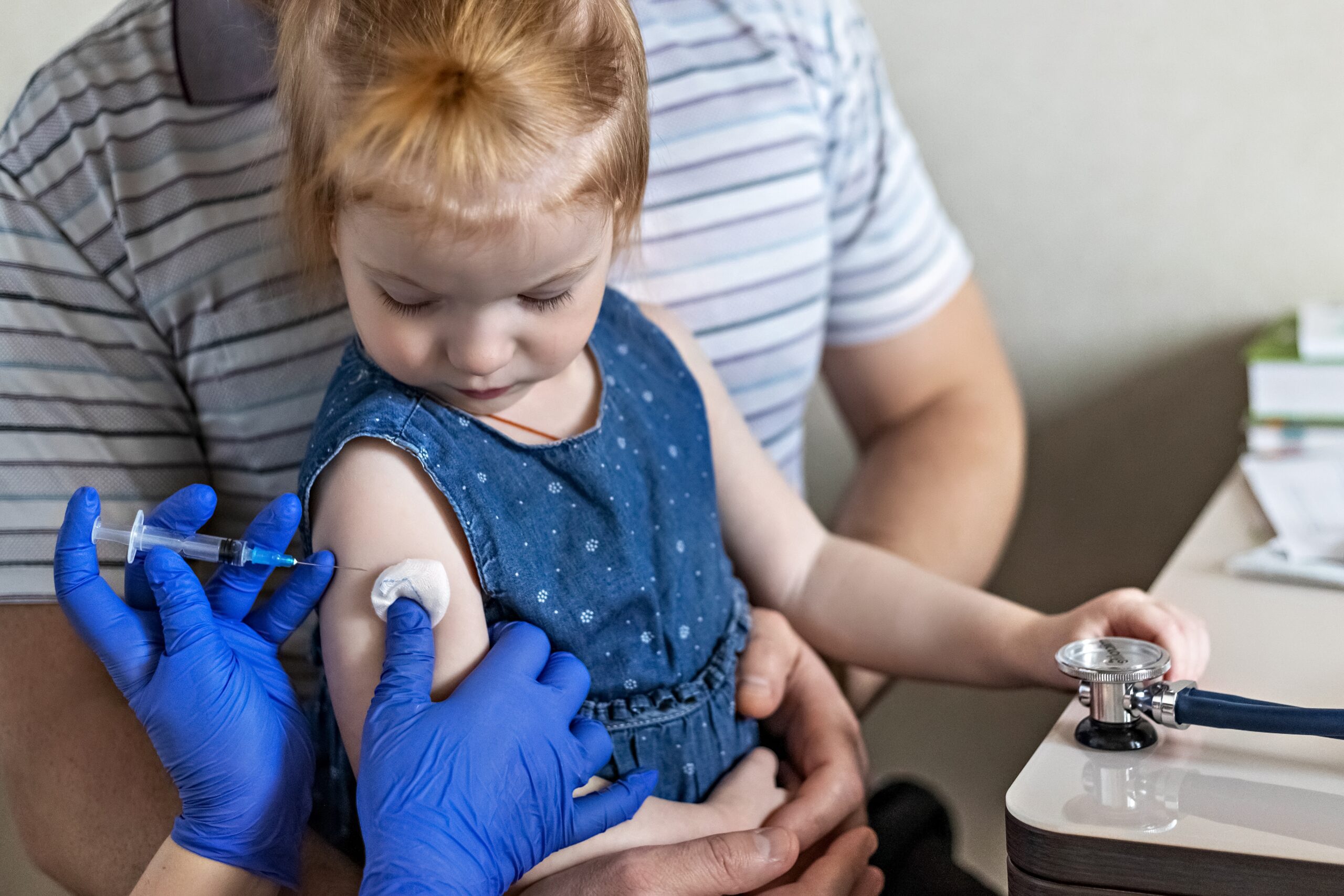Decoding Federal Funding Streams in Colorado
Federal funding is central to many services Coloradans depend upon — from child care and K-12 education to meals on wheels and housing. This reality means that proposed federal budget cuts of up to $1.5 trillion over the next 10 years would inevitably have massive impacts in our state.
What many, however, don’t realize is that because the state government receives a significant amount of federal money, national funding cuts will impact state services. These reductions will be exacerbated by TABOR and its constitutional spending and revenue raising restrictions. The upshot is that, unlike in many other states, Colorado policymakers will face tremendous challenges making up for lost federal revenue and, in-turn, the services they support should national funding be reduced.
Below we take a deeper look at the intersection between federal dollars and Colorado’s budget, and the potential impact to state services if federal funding is cut.
An Overview of Federal Funds & Colorado’s Budget
In fiscal year 2024-25, Colorado’s total budget was approximately $43 billion. Nearly 30 percent of these funds, a little over $12.5 billion, came from the federal government. Notably, this figure only accounts for funds that were funneled through the state. It doesn’t include the millions of dollars that went directly to local governments, individual Coloradans, or community organizations like universities.
Looking at the state’s budget in more depth, it becomes clear that some departments — and the services they provide — are more reliant upon federal funds than others.
Of the many things that stand out in the above chart, it’s notable that several of the departments that receive the largest amount of federal dollars — including the Departments of Health Care Policy and Financing, Education, and Human Services — fund direct services that many Coloradans rely upon. This reality underscores the potential consequences to Coloradans of federal funding cuts.
Federal Funding Streams & the Services They Provide
An examination of federal funding at the state level shows its role in the aggregate. However, doing so glosses over the many individual programs and services these dollars support. Below, we dive into some of the individual state departments to explore what federal funding covers and its impact on the lives of Coloradans.

Department of Health Care Policy & Financing - Medicaid & CHIP+
Far and away, national support for two health care programs — Medicaid (which covers Coloradans with low incomes) and CHIP+ (which covers children and pregnant women from families that make too much to qualify for Medicaid) — account for the largest influx of federal dollars into Colorado. In total, these two programs, but mostly Medicaid, make up over half of all money that comes into the state budget from the federal government. The two programs are jointly funded by the state and federal government, with the federal government paying at least 50 percent of all beneficiary costs. As of the start of 2025, Medicaid and CHIP+ covered approximately 22 percent of all Coloradans, including 40 percent of all births in the state.
Notably, over the past several months there have been growing concerns that federal-level program and funding changes will significantly impact Medicaid and CHIP+. As documented by the Colorado Center on Law and Policy, many of the proposals under consideration would lead to reductions in the number of Coloradans enrolled in these programs and/or would cut services for beneficiaries.

Department of Education - K-12 instructional quality, disability and english language support, and free/reduced lunches
Though K-12 education is primarily funded at the state and local levels, the federal government also provides support. Several of the more prominent K-12 funding streams which go through the state include:
Much of the federal funding that supports K-12 education originates in the Department of Education. However, at the end of March 2025, President Trump signed an executive order to begin closing this department. While the administration has stated that the largest funding streams will not be cut, concerns still exist as to the reliability of these dollars in the coming years, especially as the staff in charge of ensuring the accuracy and timeliness of these dollars continues to be reduced.

Department of Transportation - Highways and mass transit
Over 40 percent of the Colorado Department of Transportation’s (CDOT) budget comes from federal funds. Most of these dollars (an estimated $738 million in FY 2022) come from the Highway Trust Fund (HTF). This fund is primarily supported by an 18.4 cent/gallon federal fuel tax. HTF dollars are used for two purposes – to fund highways and support mass transit needs. This large funding stream is especially important to the state given that Colorado is ranked 43rd in the country for its road conditions.
HTF dollars are distributed to states via a combination of established formula and need-based grants. In recent months, however, the Trump administration has suggested changes to how these funds are allocated. As has been noted, if implemented, these changes are expected to reduce federal transportation dollars to Colorado.

Department of Public Health and Environment - Vaccinations, maternal and early childhood support, public health preparedness, and disease prevention
Colorado’s Department of Public Health and Environment (CDPHE) is responsible for a diverse range of activities which support Coloradans’ health and safety, from responding to health emergencies and providing vaccines to advancing maternal health. Grants from the Centers for Disease Control and Prevention (CDC) play a vital role in supporting these many services. In 2023 alone, CDPHE received more than $127 million from the CDC. Some of the activities that were funded include:
In addition to the above-mentioned CDC grants, CDPHE also received approximately $86 million in 2023 from the US Department of Agriculture to support WIC, a program which provides pregnant women, mothers, and young children food, education, and support.
As the COVID pandemic demonstrated, a public health infrastructure capable of rapidly responding to evolving needs is essential. The many activities which fall within CDPHE’s purview — and are funded by the federal government — are essential to the development of a system that embodies these qualities and protects Coloradans’ health and safety.

Department of Human Services - Social services for the state’s most vulnerable
Similar to CDPHE, the Colorado Department of Human Services (CDHS) provides a host of services, many of which directly benefit the state’s most vulnerable residents. Federal revenue, including the following sources, support many of these supports:
Links: Temporary Assistance for Needy Families (TANF) – $152 million (FY 2022) // Older Americans Act – $24 million (FY 2023) // Social Services Block Grant (SSBG) – $27 million (FY 2022) // Low Income Home Energy Assistance Program (LIHEAP) – $42 million (FY 2025) // Funding for Veteran Community Living Centers – At least $20 million (FY 2025)
Without federal funds to support these efforts, many of the most vulnerable Coloradans would face even greater struggles to make ends meet — all at a time when the cost of living continues to be a major concern across the state.

Department of Early Childhood - Colorado Child Care Assistance Program (CCCAP)
In 2023, Colorado received approximately $130 million from the Child Care and Development Block Grant. Administered by the federal Department of Health and Human Services, these funds are largely used to support CCCAP. In FY 2023-2024, CCCAP subsidized child care for just over 30,000 children from families with low-incomes – a support which is critical for families, workplaces, and the economy.
Notably, much of CCCAP is federally funded. In FY 2024-2025, over 70 percent of the program’s funding came from the federal government. This reality makes the program — and the child care it provides – particularly vulnerable to reductions in federal funding.

Department of Local Affairs - Housing vouchers
Colorado’s Department of Local Affairs (DOLA) has taken on a growing role in the effort to bring down housing costs across the state. Housing vouchers, which provide individuals with direct financial assistance, continue to be one of the most immediate supports offered by DOLA. The majority of funds for these vouchers come from the federal government. In 2024 alone, the federal Department of Housing and Urban Development (HUD) authorized Colorado to spend just over $80 million on housing vouchers. Notably, however, even with federal assistance, waitlists for these vouchers are long, reflecting the continued need for additional housing support.
While the long-term status of HUD remains unclear, it’s important to note that there have been discussions of restructuring the department and reducing funding — changes that could very well impact the housing services Coloradans rely upon.
The Takeaways
Our state government relies upon federal funds to provide millions of Coloradans with critical services and a robust public infrastructure. Without federal funding our roads would be worse, fewer Coloradans would receive life-saving vaccinations, and more families would go without needed health and child care. Proposed federal funding cuts endanger these and other services Coloradans rely upon.
Because of TABOR, if federal funding is reduced — especially at the massive level being discussed — our state policymakers will be left with few tools to respond to likely service reductions. TABOR makes it difficult for the state legislature to spend all of the money it brings in while simultaneously limiting new revenue sources. Especially at a time when state policymakers are already cutting $1.2 billion from the budget, due in large part to TABOR’s constraints, significant federal funding cuts will inevitably leave holes in the services the state government provides to Coloradans.
The future of federal funding in Colorado is unknown. However, it’s becoming increasingly clear that, at least during this presidential administration, the long-standing support the state has received from the federal government is far from guaranteed. This reality heightens the need for structural fiscal changes to ensure the state can continue providing the many vital services Coloradans rely upon for continued growth and economic prosperity.
